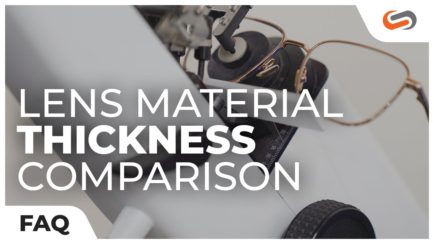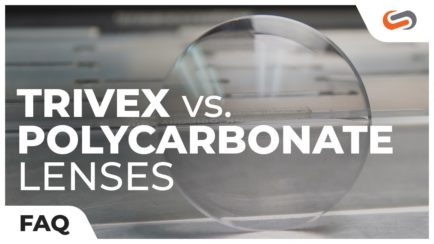wp-placeholder-39d2d547ae2252a2a07a374138973615
- SportRx Eyewear Starting at $99 With Rx Shop Now
- Free Ground Shipping on All U.S. Orders Learn More
- Prescription Replacement Lenses Shop Now
Need Help?
Talk with an expert Sports Optician.
What’s a Sports Optician?Search
Explore
- SPORT/ACTIVITY
- Athleisure
- Baseball
- Basketball
- Boating/Sailing
- Casual Lifestyle
- Cycling
- Computer
- Driving
- Fishing
- Football
- Gaming
- Golf
- Hiking
- Military/Tactical
- Motocross/ATV
- Motorcycle
- Mountain Bike
- Mountaineering
- Pickleball
- Racquetball/Squash
- Running
- Safety/ANSI
- Scuba Diving
- Shooting
- Ski/Snowboard
- Skydiving
- Soccer
- Softball
- Swimming
- Tennis
- Triathlon
- Volleyball
- BRAND
- PRODUCT TYPE
- CONTENT TYPE
- Size
Chat





all you need is to look through them.
maybe you never had CR 39 lenses ? polycarbonate has color fringes because it is an inferior lense material.
888.831.5817
info@sportrx.com